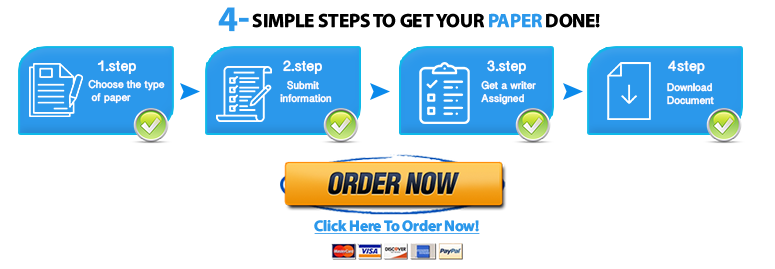Replying to Discussion Post
Instructions:
Respond to at least two of your colleagues* on two different days, asking questions to help clarify the scenario and application of data, or offering additional/alternative ideas for the application of nursing informatics principles.
Classmate Discussion Post Replying to :
Using nursing informatics to improve the incidence of pressure injuries Despite the many interventions used to prevent pressure ulcers, they still happen, especially in patients at the end of life. In nurse informatics, data is collected to research the primary cause, comorbidities that increase risk, and interventions required to lower the incidence. McGonigle & Mastrain (2022) explain data mining as a method to collect information; they write, “Data mining provides an opportunity to tease out essential relationships to determine best practices to support the delivery of effective care (McGonigle & Mastrain, 2022 p.17). Through data mining, a study was conducted exploring the incidence of pressure ulcers in patients at the end of life. Li, H. et al. (2019) describe the method used to collect data; they explain, “This study used logistic regression and three data mining algorithms (decision tree, backpropagation neural network, and support vector machine) to elucidate how predictive variables for patients at the end of life determine whether the occurrence of pressure injuries is indicative of a potential skin-failure phenomenon” (p. 134). The results revealed that patients who developed pressure ulcers without a cancer diagnosis were more likely to develop a pressure injury than patients with cancer (p. 139). The authors suggest that palliative wound care can increase the quality of life in these patients (p.139). As a nurse leader, the goal is to mitigate the risks with screenings, padding bony prominences, and regular skin assessments (Li H. et al., 2019, p. 134, 139). Centroid is a sensor designed to monitor a patient’s position. According to Masimo (2022), “The data transmitted by Centroid can be displayed in various formats on Root, giving clinicians multiple ways to assess adherence to protocols regarding tissue stress and to tailor care to the specific needs of each patient” (para. 2). This device is small and wearable, Bluetooth transmits information. In turn, the device can collect data to plan treatments and diagnose the risk of developing pressure ulcers. As a leader, I would engage critical stakeholders to purchase the device for patients assessed and determined to be at high risk for developing a pressure injury. Cost analysis is necessary to prove that using the device will be a cost-effective way to prevent pressure ulcers in patients. Data collection must be reliable to make informed, evidence-based decisions to protect patients (Masimo, 2022, para. 2).Nagle L. M. et al. (2017) reports, “Different types of sensors (e.g., sleep, activity, falls, ambulation, continence, fluid, and electrolyte) will also contribute new supplementary data to health information repositories, offering the possibility of linking to other data sets and provide new insights to the well-being of individuals in the community especially the aged and those living with chronic illness” The sensor as mentioned earlier has the potential to become as crucial as managing vital signs. (Nagle L. M. et al., 2017, p. 215).


